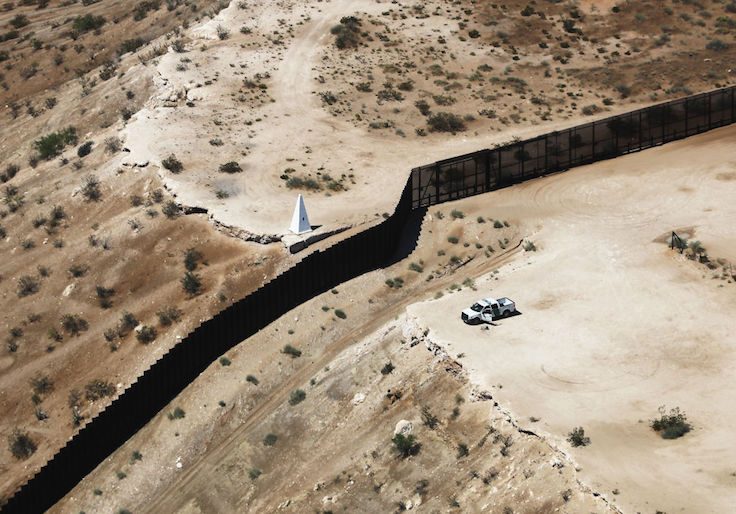The number of people apprehended attempting to illegally cross the border with Mexico fell once again in July, new data from U.S. Customs and Border Protection show, but remains well above rates of apprehension in past years.
A total of 82,000 people were stopped attempting to enter the country illegally in June, CBP reported. That includes 72,000 apprehended trying to cross between ports of entry and an additional 10,000 deemed inadmissible at points of entry.
July was also the eighth month in a row in which a majority of individuals apprehended — 76 percent — were either unaccompanied minors (UACs) or travelling as part of a family (family units). CBP reported apprehending roughly 56,000 family units and nearly 6,000 UACs, compared to roughly 20,000 lone adults.
This transformation reflects an underlying change in who is trying to come to the United States illegally. Namely, an illegal immigrant population which used to consist largely of lone Mexican men is now predominantly families fleeing the violent "northern triangle" countries of Honduras, El Salvador, and Guatemala.
The July figures at once represent a steep decline from recent months—particularly the May peak of nearly 150,000 apprehended in a single month—and a still pronounced increase by comparison to past years. Cumulatively, more than 678,000 individuals have been apprehended in 2019, which exceeds annual totals back through at least 2013.
![]()
Still, the second straight month of decline may suggest the border crisis is over, or at least ebbing. While there have been some successes in reducing immigration, the overall story is more complicated.
"The situation is improving by every available metric," Acting Secretary of Homeland Security Kevin McAleenan said Thursday. "But, I want to be very clear that we remain at and beyond crisis levels in illegal crossings, even as our initiatives to address irregular flows and mitigate humanitarian conditions are making an impact."
The most obvious reason for the decline is the change of seasons: during the summer months, temperatures rise, and with them the risks associated with the long journey north to the United States. In general, rates of apprehension fall between May and July.
![]()
According to McAleenan, CBP's border control efforts have also been aided by some $4.5 billion in emergency funding allocated by Congress in late June. These added funds have allowed the construction of temporary detention facilities, which have reduced overcrowding at "hard-sided" detention facilities, including minimizing the number of children in custody at the border.
McAleenan also pointed to increased enforcement efforts on the part of Mexico at its own southern border, as well as cooperation between the United States and the northern triangle countries. In particular, he highlighted the recent enforcement agreement between the United States and Mexico, which may serve as a prelude to a safe third-country agreement.
Still, McAleenan stressed that while immigration has fallen from May highs, the border crisis is far from over.
"While much progress has been made, DHS is still facing an ongoing humanitarian and security crisis at the Southwest border," the secretary said.
